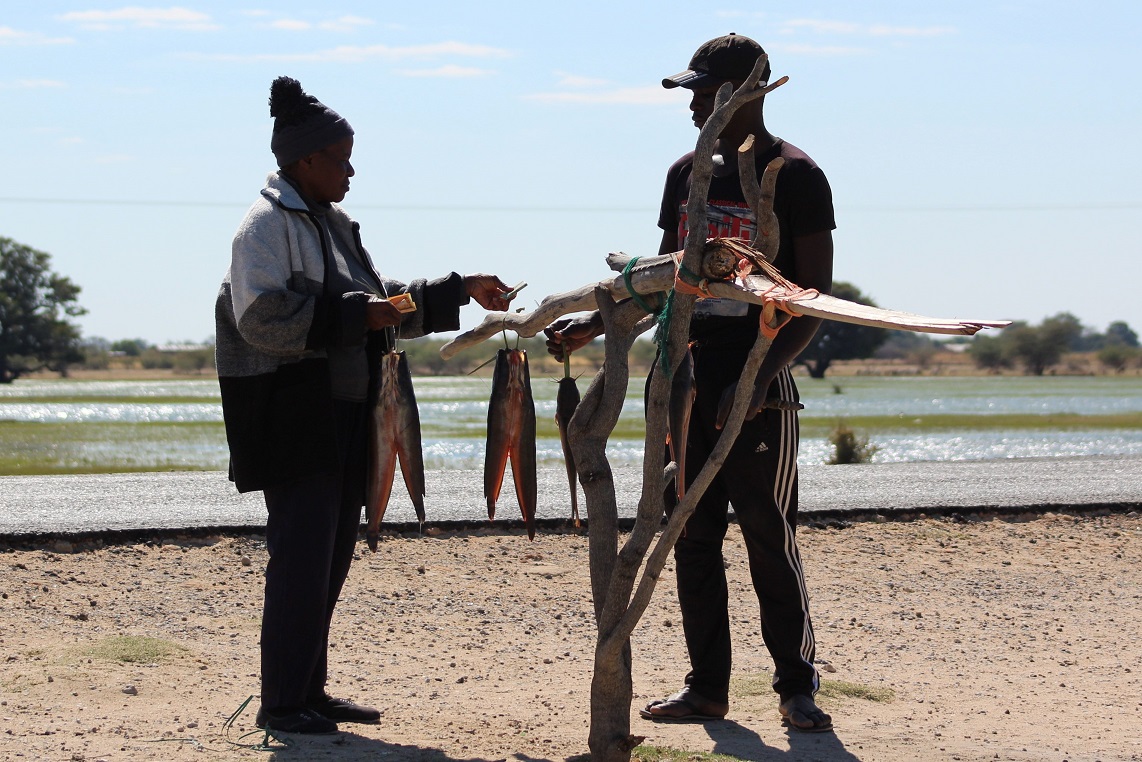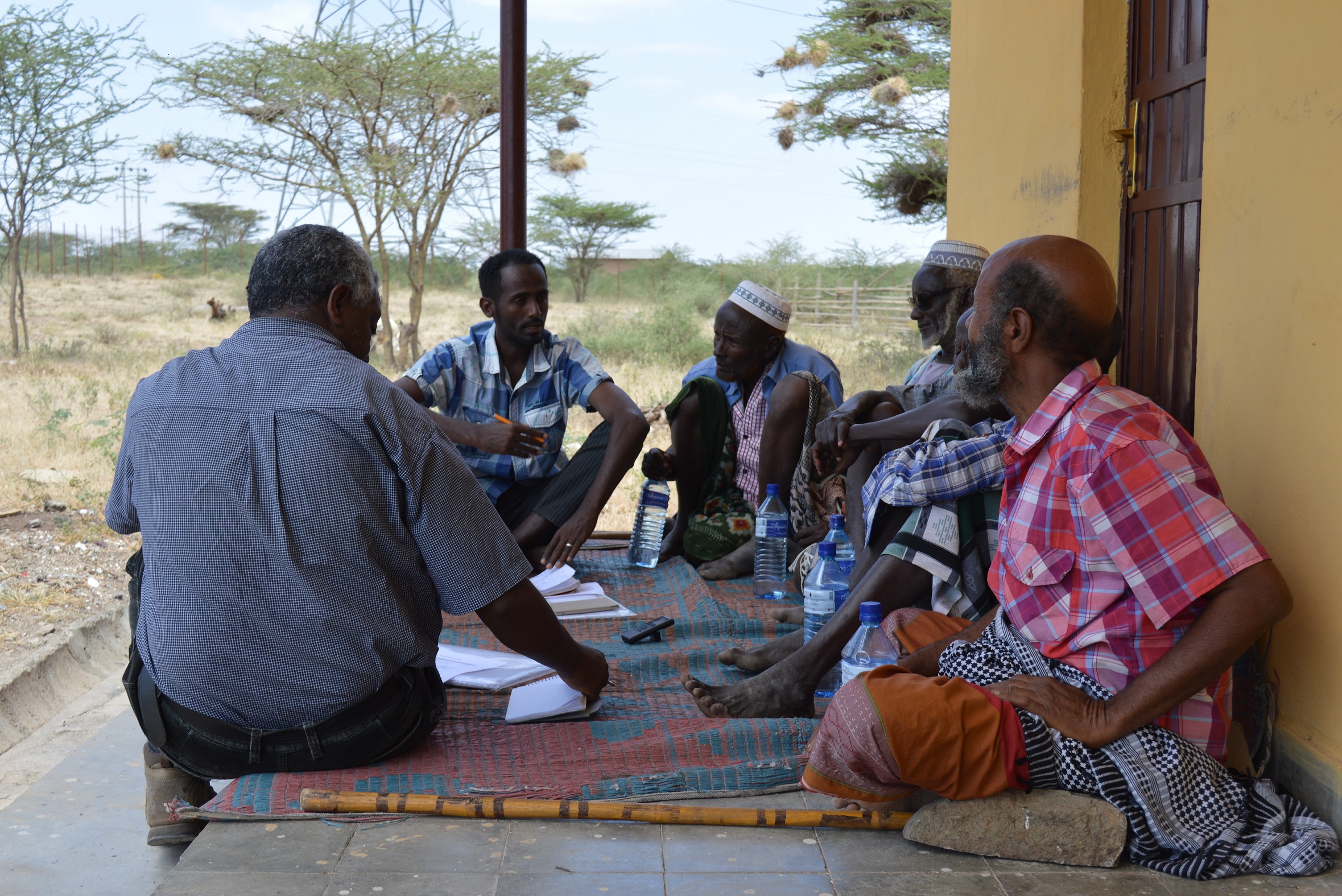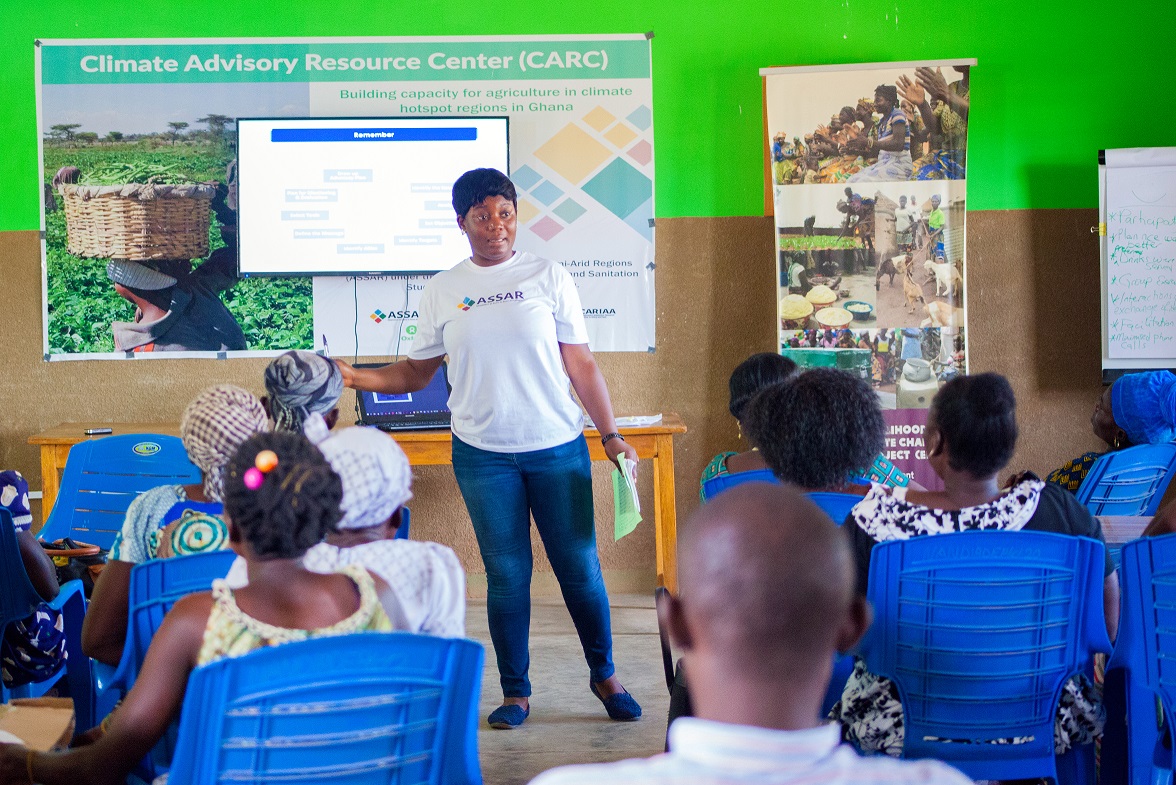Adaptation is about people
By Lucia Scodanibbio and Daniel Morchain, with contributions from Brendon Bosworth, Chandni Singh and Roger Few
As global temperatures keep increasing and climate change affects growing numbers of people, adaptation becomes imperative, not least in semi-arid regions, which will suffer acutely from climate extremes.

Often, however, adaptation interventions focus solely on technical or engineering solutions, such as building protective infrastructure (e.g. sea walls), providing irrigation or groundwater-extracting schemes (e.g. borewells), or exploring new drought-tolerant varieties. Too often, they are implemented top-down, ignoring how relevant or culturally acceptable they may be for the intended users; and disregarding issues like power structures preventing meaningful participation, or the implications of poor governance, gender injustice and inequality. The perspectives of affected communities and individuals are rarely taken into account, and if consultation occurs, it often focuses on those who - even among the most affected groups - have more voice, recognition or power.
This can lead to negative consequences for marginalised groups, diminishing their ability to adapt, as well as diminishing the effectiveness of such adaptation actions and resources.

To be planned and implemented successfully, technical solutions need to be paired with effective participation from different local actors who need access to the requisite financial, technical, institutional and political support.
New approaches to climate governance are needed to allow numerous and diverse opinions and voices to be heard, especially those typically excluded. Approaches like scenario building processes, participatory vulnerability assessments or the theatre of the oppressed, for instance, entail the creation of platforms that enable people to have their say about decisions that affect them and that recognise the different factors that contribute to people’s wellbeing.
While technical solutions are critical, decision makers must consider how underlying structural dynamics may create winners but also losers in their design and implementation. A first step towards effective adaptation is to recognise that interventions affect different groups of people in different ways.

How different people, and even different members of the same household experience and respond to risks varies, depending on factors like age, marital status, ethnicity, gender, class and people’s perception of and willingness to take or avoid risks. These different dimensions of people’s identity interact with factors like social norms, market signals, laws and policies, to shape, and often limit, a person’s agency, and how they are impacted by, and can respond to, climate change.
To design effective adaptation interventions, we need to understand how people can or cannot - and will or will not choose to - access adaptation solutions because of dominant power structures, beliefs and socio-cultural values. Not only must these barriers be addressed when designing interventions, but if adaptation pays more attention to people’s wellbeing, chances are it will be more effective.

A wellbeing approach helps humanise adaptation efforts, making them less technocratic and closer to what people need and care about. Measuring good adaptation must stretch beyond traditional metrics such as increased income, reduced biophysical impacts to shocks, or “bankability”. Instead, it must emphasise the relevance of human needs, aspirations and - quite frankly - happiness. It needs to acknowledge the different resources and capacities people have; and how these shape livelihood choices, satisfaction with life, and resilience. And, no, adaptation shouldn’t always have to be “bankable”!
Adaptation decision makers, everywhere, need to understand that people have different aspirations for their lives and that these change over time. Aspirations often determine what is most important for individuals and can give entry points into what motivates them to undertake certain livelihood and risk management choices, including employment, migration, or the adoption of certain adaptation practices and not others.
Understanding the unique cultural, social, and ecological context of each community; the different factors that influence people’s vulnerability and ability to respond to risks; and what influences their wellbeing is crucial for effective policy making. We need to work more closely with stakeholders to design and develop adaptation interventions, as in the end, adaptation is about people.